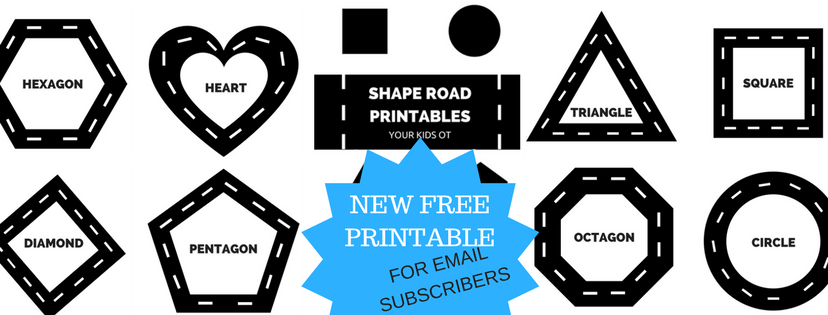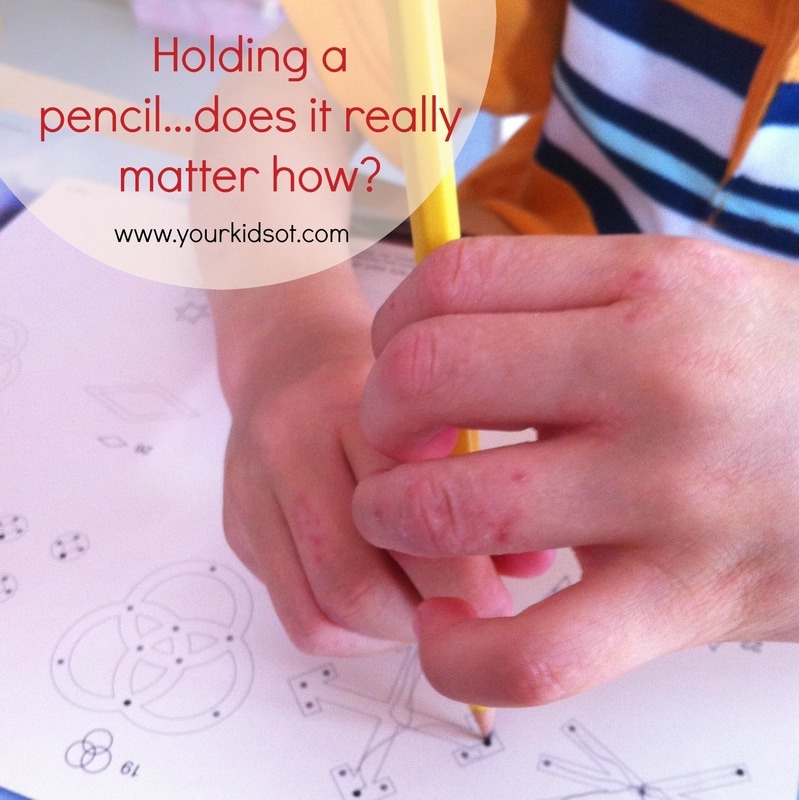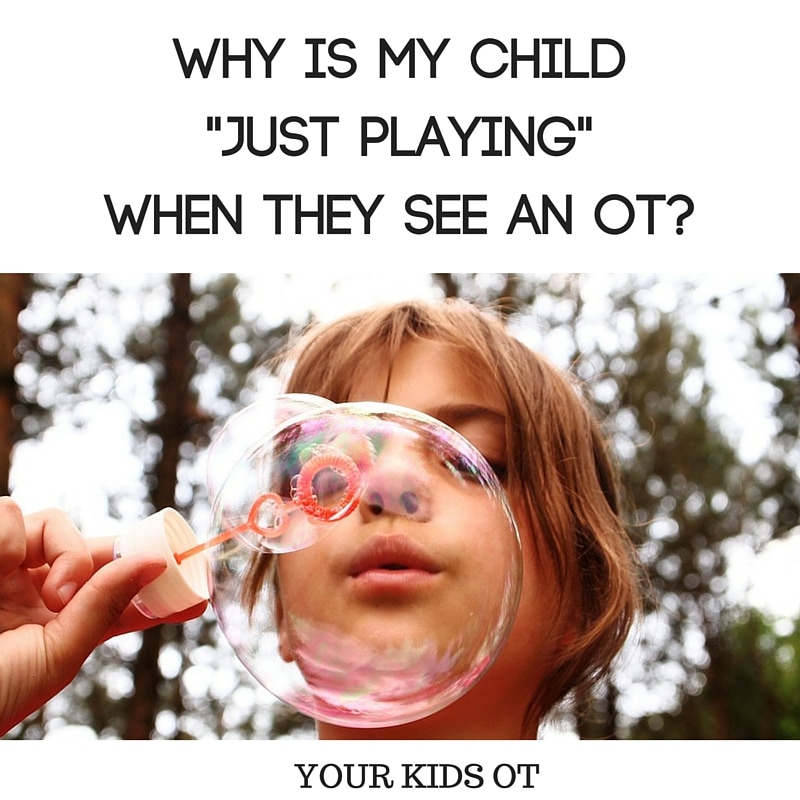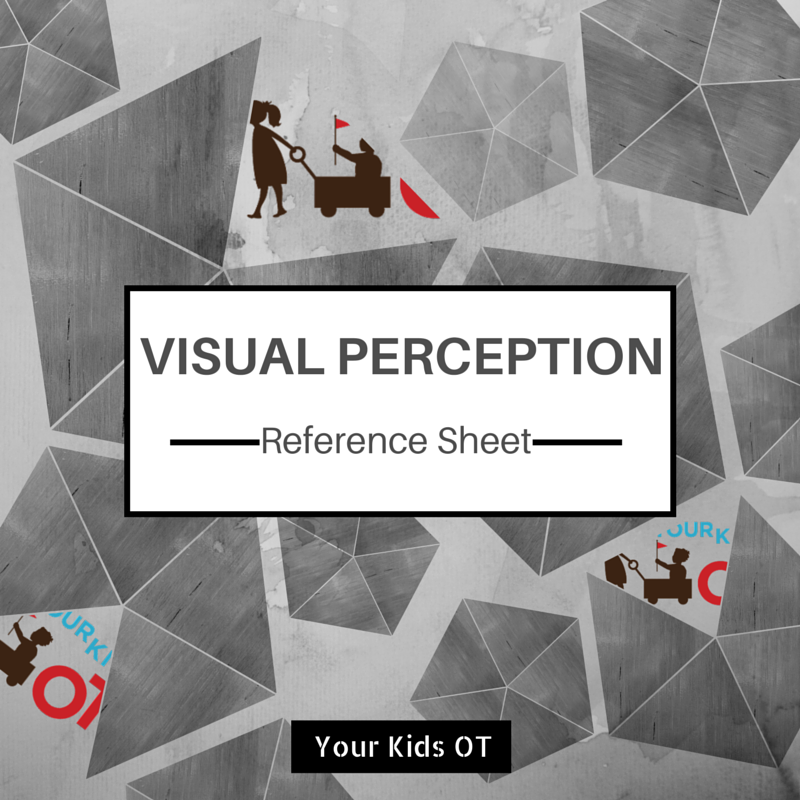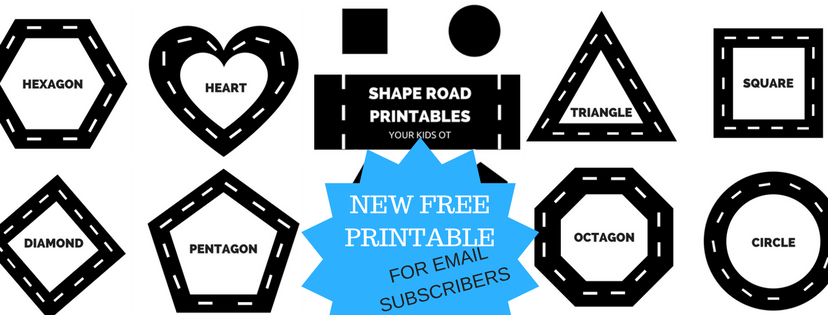|
Shirt on, pants on, socks on, shoes on, hat on ... out the door. Dressing should be an easy every day activity but sometimes it is NOT! Sometimes there are sensory triggers which affect whether a child will or will not get dressed (or undressed)! Some of these sensory triggers for dressing are found below as well as some behaviours that you may see as a result: TOUCH
Children with touch sensitivities may have difficulty wearing certain clothing. They may become distressed or constantly pull/tug at their clothing. Some children will constantly touch or feel their clothing exploring the textures. They may refuse to wear new clothes or prefer to be naked. These children may have difficulty changing clothing within a day (eg. changing for swimming lessons, getting ready for bed, etc). Sometimes shopping for new clothes may cause stress as well as letting go of clothing that is too small. Children who are sensitive to touch may disregard weather and temperature cues when it comes to dressing. They may wear long sleeves in warm weather or shorts and a sleeveless shirt in winter. Some children will become extremely upset when their clothing is wet. PROPRIOCEPTION
Children who experience difficulty processing proprioception information may fall over whilst getting dressed and undressed. They may take a long time to get changed and appear lazy. These children may look "messy" when they have finished getting dressed. They may have clothes inside out or back to front. VESTIBULAR
Children who experience difficulty processing vestibular information may appear "restless". They may move about the room or wonder from one room to another whilst getting changed. They may make several changes in body position (stand, sit, lie on the ground, jump off furniture, etc). They may also fall over or roll around. Alternatively, these children may prefer to get changed whilst sitting or lying down (eg. on their bed, on the floor, on a chair). VISUAL
Children who experience difficulty processing visual information may take a long time to find clothes and get dressed. They may make limited clothing choices and have difficulty matching tops with bottoms (eg. understanding what "goes" together). Some children may have difficulty aligning rows of buttons with buttonholes or they may wear non-matching socks and shoes. AUDITORY
Children who experience difficulty processing auditory information may become distressed easily and make limited clothing choices. They may try to cover their ears during dressing or scream to block out other noises. They may prefer getting dressed in particular places (eg. bedroom not bathroom). They may take a long time to get dressed as they are easily distracted. SMELL/TASTE
Children who seek additional smells in clothing may be seen sniffing their clothes excessively. They may choose long sleeves or to hold their clothes so that they can bring these to their nose. Those who are sensitive to smells may become distressed easily and have limited clothing choices. Children who seek oral stimulation may chew their clothing or chew the fastenings on their clothing. They may also like to brush clothing across their lips or lick clothing. I have compiled this information about sensory triggers and behaviours into a single page printable checklist. Download your copy of this checklist HERE! SENSORY STRATEGIES FOR DRESSING 1. Be aware of your child's sensitivities and acknowledge their clothing preferences. There will be times where your child is required to conform with social norms (eg. wearing clothes rather than being naked in public, wearing a uniform to school, etc), however their may be times where there are less restrictions on what is worn and how it is worn. 2. Build a wardrobe of comfortable clothing for your child, avoiding sensitivities which may cause distress or anxiety if possible. This may include: -
3. Contact an occupational therapist who may work with your child on an overall sensory diet to assist with sensory sensitivities. Your occupational therapist will be looking at your child's arousal and activity levels, attention and impulsivity as well as their ability to regulate themselves. An occupational therapist may suggest activities such as:
Do you have a child who experiences sensory sensitivities during dressing? This article is part of “Functional Skills for Kids: 12 month series by Paediatric Occupational and Physical Therapists”. You can read all of the childhood functions HERE. Read all Your Kids OT’s monthly posts HERE. Find more information about “Dressing” and valuable strategies to help with important skill, read what other Occupational and Physical Therapists participating in the “Functional Skills for Kids series” have written:
When Do Kids Start to Dress Themselves? | Mama OT
Fine Motor Requirements for Independence with Self-Dressing | Sugar Aunts Gross Motor Skills and Independent Dressing | Your Therapy Source Sensory Considerations for Dressing! | Your Kids OT “Get Dressed!” How to Modify Your Child’s Dressing Routine | MissJaimeOT Teaching Kids How to Dress Themselves: Activities to extend skills | The Inspired Treehouse Improving Following Directions with Getting Dressed | Growing Hands-On Kids Visual Perceptual Skills in Dressing | Kids Play Space Work on Dressing Skills Through Play Activities | Therapy Fun Zone 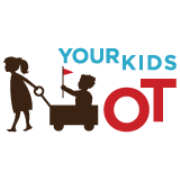
Cindy is a registered Occupational Therapist practising in Sydney Australia. She has two young children who are a constant source of inspiration and learning. Cindy loves working creatively to help children to reach their potential, finding opportunities in everyday living and making learning fun. Cindy is the author of the Occupational Therapy blog Your Kids OT.
The information on this site is general in nature. The activities are safe for most children; however, you should consult an Occupational Therapist or health professional to address specific movement, sensory or other medical conditions. This article does not contain affiliate links and has no association with the companies suggested in this article. Any items purchased are made at your own risk. References: Yack, E., Aquilla, P. and Sutton, S. (2015) Building Bridges Through Sensory Integration (Third Edition). You may also like: Comments are closed.
|
AuthorHi, I'm Cindy and I am an Occupational Therapist. I enjoy working creatively with children to see them reach their potential. Read more about me here. SEARCH THIS SITE
Archives
June 2024
Categories
All
Popular Posts |
Join the YKOT e-newsletter!
Subscribe to get our latest content by email and receive
the SHAPE ROADS PRINTABLE NOW!

Success! Now check your email to confirm your subscription and receive your free printable!
Join our Mailing List!
Subscribe to get our latest content by email and receive
the SHAPE ROADS PRINTABLE NOW as a thankyou!

Success! Now check your email to confirm your subscription and receive your free printable!
Disclaimer: The information on this site is general in nature and should be used for educational and entertainment purposes. The activities are safe for most children, however, you should consult an Occupational Therapist or health professional to address specific movement, sensory or other medical conditions. This blog does not replace formal therapeutic professional advice given by a health professional or medical practitioner. Reviews and endorsements of products will only be made based on my expertise and personal opinion; and deemed worthy of such endorsement. The opinions shared in sponsored content will always be my own and not that of the advertising company or brand. Content, advertising space or posts will be clearly identified if paid, affiliated or sponsored. Affiliate links may be found throughout this website in advertising. This means that if you follow through with a purchase from these links, Your Kids OT will receive a percentage of the sale. Your Kids OT undertakes to meet the requirements of the "Social Media Policy" as published by Australian Health Practitioner Regulation Agency (AHPRA). Further information about this policy can be found here.
Find meFollow me |
About me
AuthorHi, I'm Cindy and I am an Occupational Therapist. I enjoy working creatively with children to see them reach their potential. Read more about me here. |
Copyright © 2017 Your Kid OT

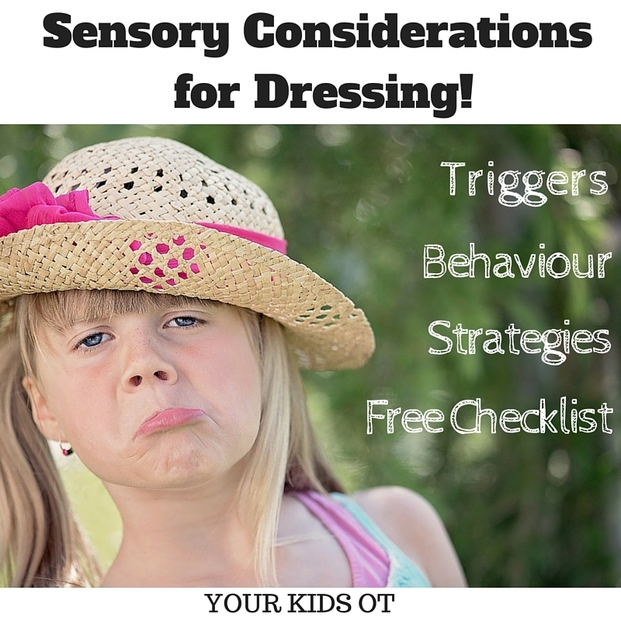

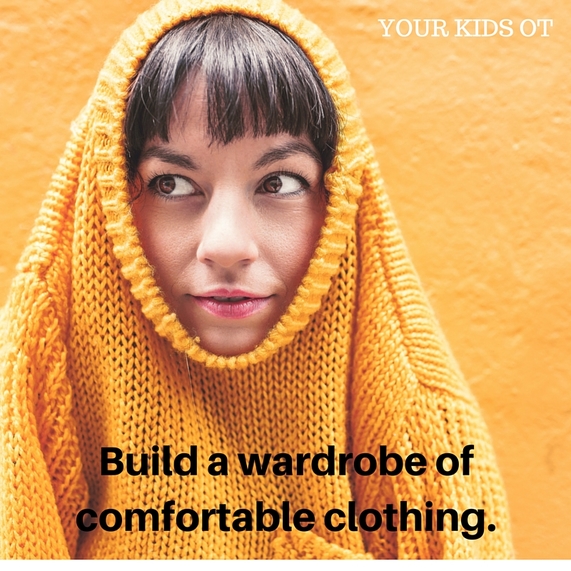
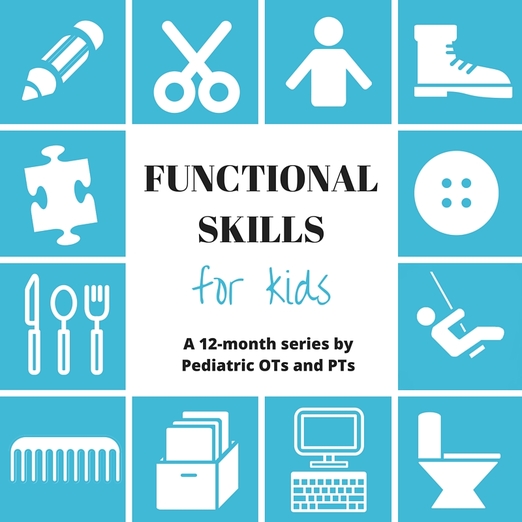

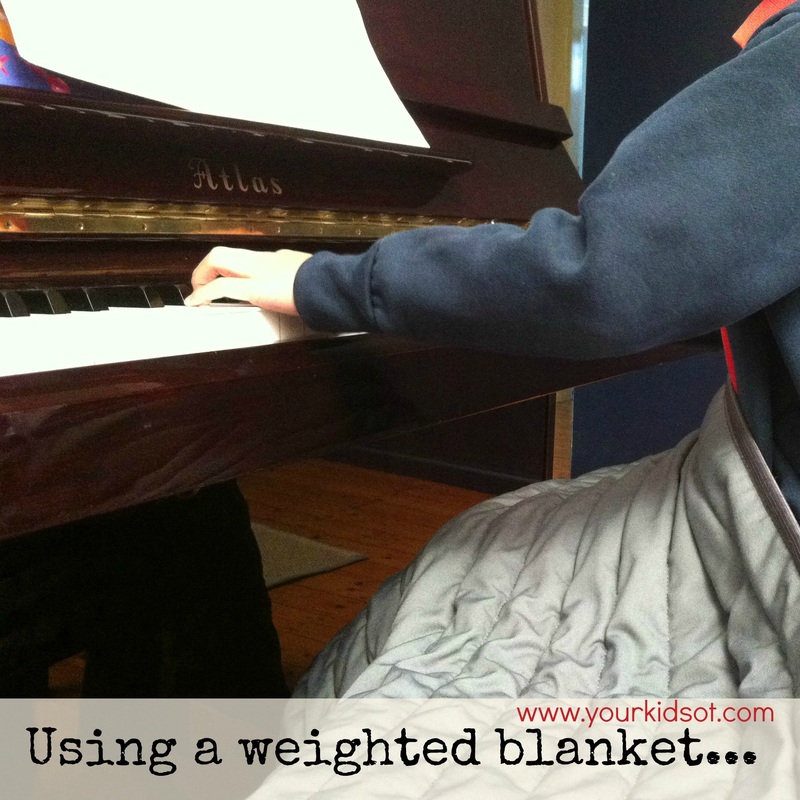
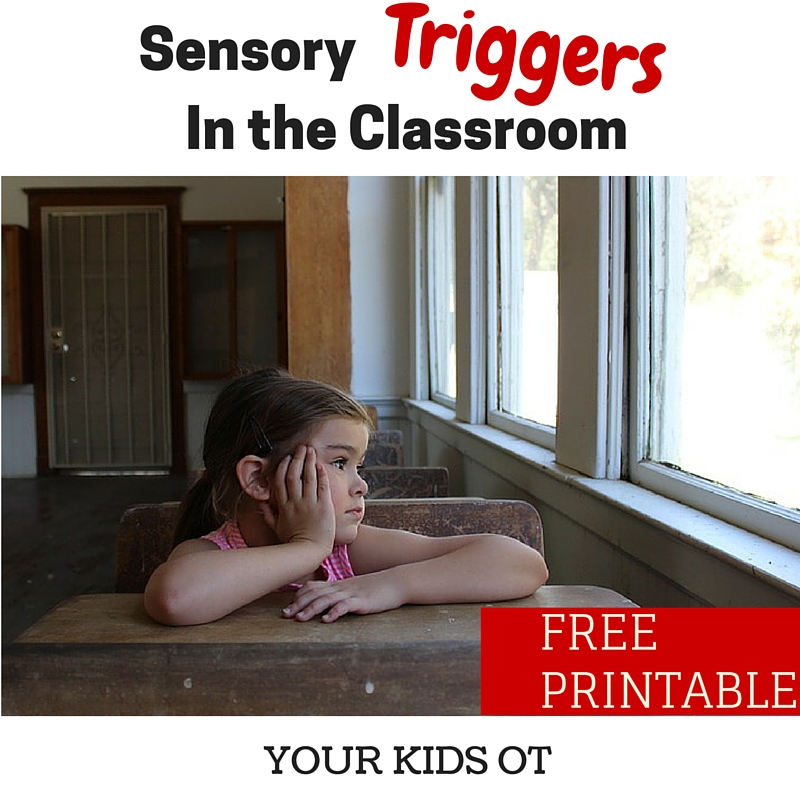
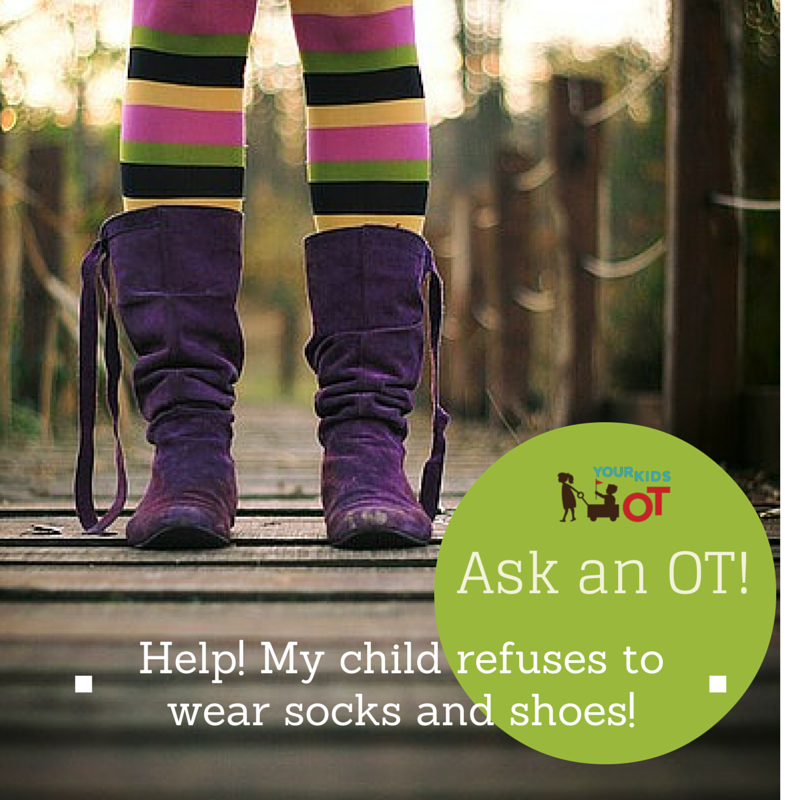
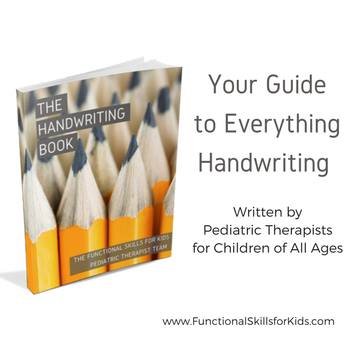

 RSS Feed
RSS Feed
